Janaina Tschäpe: Between the Sky and Water

Janaina Tschäpe’s first retrospective in the US, Between the Sky and Water, opened at the Sarasota Art Museum this past December. The Brooklyn-based artist, born in Münich and grew up in São Paulo, creates fluid atmospheres shifting between painting, drawing, photography, sculpture, and film.
The retrospective pulls us into ecosystems that feel familiar and new at the same time. Tschäpe’s fascination with the ocean plays a role in her ability to imagine a parallel universe. This world building is especially apt as we face the interconnected catastrophes of climate change and the COVID-19 pandemic. Undulating between floating amongst Tschäpe’s creatures and witnessing them flow and swirl from afar, the binary of audience and participant disintegrates.
Leaving behind linear time and boundaries, Tschäpe offers viewers new methods of communication through form, gesture, and colour. FRONTRUNNER spoke with Tschäpe in the lead-up to the show to discuss how the show came together and her artistic journey, to date.

Blood, Sea (2004)
Film still
Courtesy of the artist and Sean Kelly Gallery (New York)
This mid-career retrospective is a landmark show in your artistic career. From film and photography, to sculpture, to large, abstract canvases: how did these works come together?
It is quite different from regular retrospectives. Anne-Marie Russell, Executive Director of the Sarasota Art museum – who I’ve known for 25 years – is curating the show and was curious to see the works from my personal collection. We decided to put the show together in an organic way. It’s not chronological or linear.
Just like in your work, where there is no linear time. The title of the retrospective ‘Between the Sky and Water’ is from the Mexican poet Octavio Paz, no?
Yes, it is from his book called the The Tree Within. I just love Octavio Paz. The way that verse describes where the sky meets water is beautiful. It is relevant everywhere in the world. It gives time the colour blue. Instead of time, I’d rather see a colour. I don’t like the idea of linear.
Amazing.
The show is a mixture of personal and more known pieces. Throughout the years, I kept very specific pieces I’d never shown, such as a drawing I made when my father died and a painting I did for my daughter. Anne-Marie and I put together works created years apart to see how they talk to each other. For example, Sala de Espera (Waiting Room, 2001) sits alongside a series of portraits I completed as a form of soul searching almost 20 years later. The former is a piece about the story of a woman locked in her house and the anxiety she feels that something is changing within her- this piece feels so relevant with the pandemic. Both works explore emotional landscapes.
I also did a series for the show here in Florida – all watercolour and drawings. I always take my palette and pencils with me wherever I go. Over the years I’ve developed a type of vocabulary with various marks, from soft to more aggressive. It is a language – like a diary or a way to communicate where I am. The language we use to speak can be so limiting because it is also so linear. It is a very different field that gets us into a three-dimensional space.
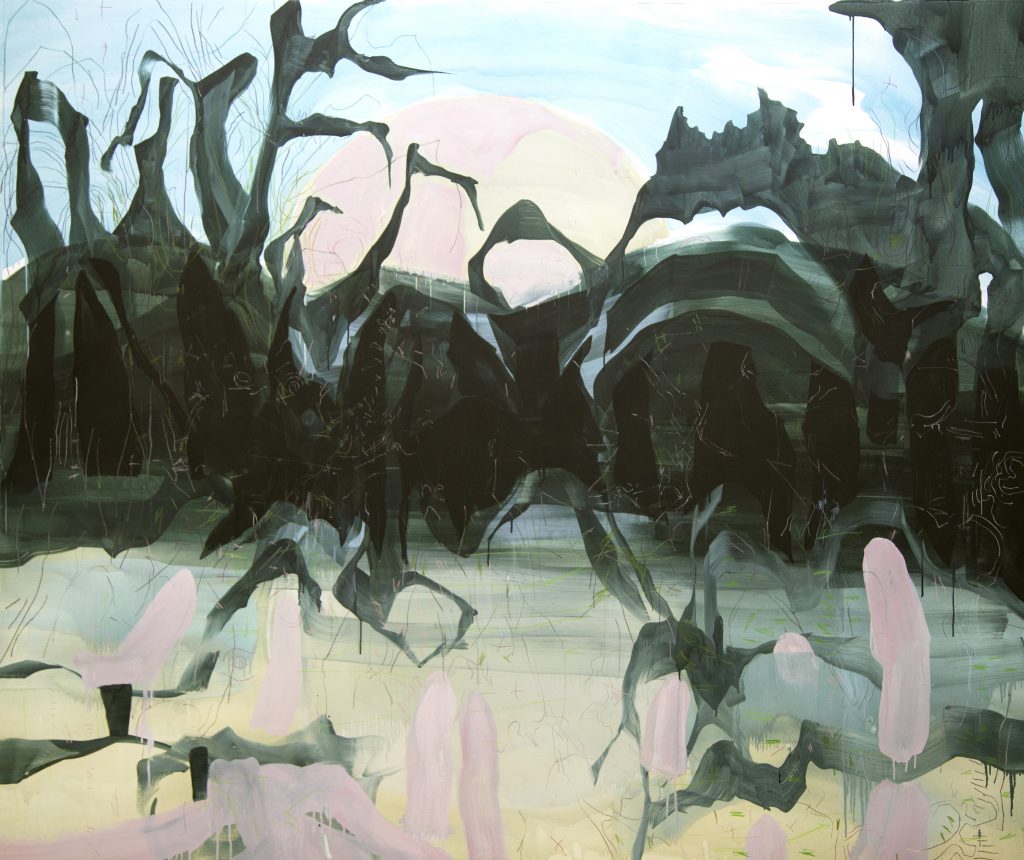
Swamp Eating the Moon (2018)
Casein and coloured pencil on canvas
196.5 x 232.4 cm
Courtesy of the artist and Sean Kelly Gallery (New York)
This vocabulary is like a feeling or an emotion or a memory?
Yes absolutely. I’m interested in how we remember landscapes- their emotional baggage and how we transform them in our memory.
Recently, I went to the Amazon with a group of friends. We lived under the weather on hammocks and witnessed every moonrise and sunset. Months later I would close my eyes and the colours from the trip were so embedded in my mind. However, the difference between actual footage of the trip and my emotional memory is interesting. There is some underlying emotional situation that almost changes the colour in memory. Even the gestures in drawings are such an extension of something in your body. It is not just visual, but also physical. The way you press a pencil or caress it.
The show also features some of your work for the Musée de l’Orangerie in Paris. Tell me about this project.
I created works to be displayed across from Claude Monet’s Water Lilies. I began working on the series a year ago in Brooklyn in my studio by creating drawings that are a reflection on his gestural stroke of the lilies. It was quite intimidating to approach this project, and drawing was a way to understand how he approaches nature. Monet hid his sketches, he wanted to be an artist that goes directly into nature and just paints. The director of the museum, Cécile Debray, showed me his sketches and I was so impressed. They were so emotional. I didn’t understand why he wanted to keep them hidden.
Drawing was a way to connect with his work. How do you decide what tools or mediums you are going to use to communicate to your audience?
It is not always so easy to navigate between mediums- from photography to video and painting. The art market always tends to try to market you in a way – “she’s a video maker” or “she is a performance artist”.
I started as a painter but during my studies at Hochschule für bildende Kunste in Hamburg (Germany), I moved to performance. There were only male professors back then and they looked at us women like we were hysterical. It was difficult to navigate. Most of the female artists I learned about were known for performance. We learned about Yoko Ono and Rebecca Horn, and Marina Abramović came as a guest professor. Historically, women were given specific places in art history. People like to categorise. There is a strong presence of women in performance and photography because we were given that space as if we were some strange object.
When I was working on Blood, Sea (2004), I was interested in mythology and the trope of the ideal woman. I slowly started to feel secure enough to back into painting when I went to SVA at age 24 in ‘96. I started sketching the performances and my props. Today my work is much more studio-based and about abstraction. It took me a while to find the grounding beneath my feet and step into free space where I could create art without being attached to certain identities. This was very difficult and still is. I try to be genderless in the studio. I just want to paint, to look for that space.
Blood, Sea connects sea mythologies across time and space, a feminist piece shifting the perspective from fisherman to creature – observer to observed. Agency, gaze, and power all come up in this work. It was put together 16 years ago, yet is still one of today’s most relevant topics. Throughout various mediums, the ocean is a recurring theme in your work. What is your connection to it? I understand there is a connection to your name based on Iemanjá, the Brazilian deity of water.
The ocean is completely captivating. It has so many possibilities and answers, from the imagination to the scientific.
I was fascinated with water early on because of its inability to be controlled. As a child, I would spend hours in the swimming pool because I loved that body could be light in water. I connected to that freedom early on as it gave me insight into a new form. At 15, I began painting and I started looking at the Surrealists. I strived for fluidity in my work. I started reading about the water myths, including my namesake, Janaina.
The idea of being underwater was incredible to me because we had so little information about the ocean and what it contains. One of my best friends is a marine biologist. We are creating a dictionary of jellies and corals together. Every time he comes back from a research trip, he explains new creatures and I draw his narrations such as “there are polyps that are immortal”. He is currently working on a giant project about talking to sperm whales and promised me I will be able to dive and talk to them. I am drawn to other worldliness of the sea. There is no day and night in the deep ocean. There is no idea of time. There is immortality. It is amazing. We as humans need a different aspect to get out of where we are right now, where we are destroying everything. The idea of talking to a sperm whale brings us to a different level.
Absolutely, that sounds incredible. Speaking of where we are right now, you often travel. How has COVID-19 impacted that?
I live full-time in New York. When everything went remote in March, my 14-year-old daughter and I had the opportunity to go to the farmhouse where my mother is from in Brazil. We spent five months there and it was amazing to get away from consumption as it is quite isolated. No FedEx or Amazon. We returned to New York in August and jumped right back in. I was shocked because I spent five months thinking about how we will change in favour of nature and find a balance, but we were dependent on delivery during quarantine. The fear for me is that once we have the vaccine people will just snap back to normal. We forget so fast.
Definitely. This is a daunting time for everyone. What advice would you give to young artists?
We have to keep working on a new language, especially now that we communicate everything online. Keep working physically and not for the screen. When galleries and art fairs went virtual during the pandemic, my first thought was that I hope the younger generation doesn’t work for that format. Before it was already a bit like that due to Instagram because it is how we are seen today. The idea of art cannot be translated into a little screen. Step into other spaces that are unknown.
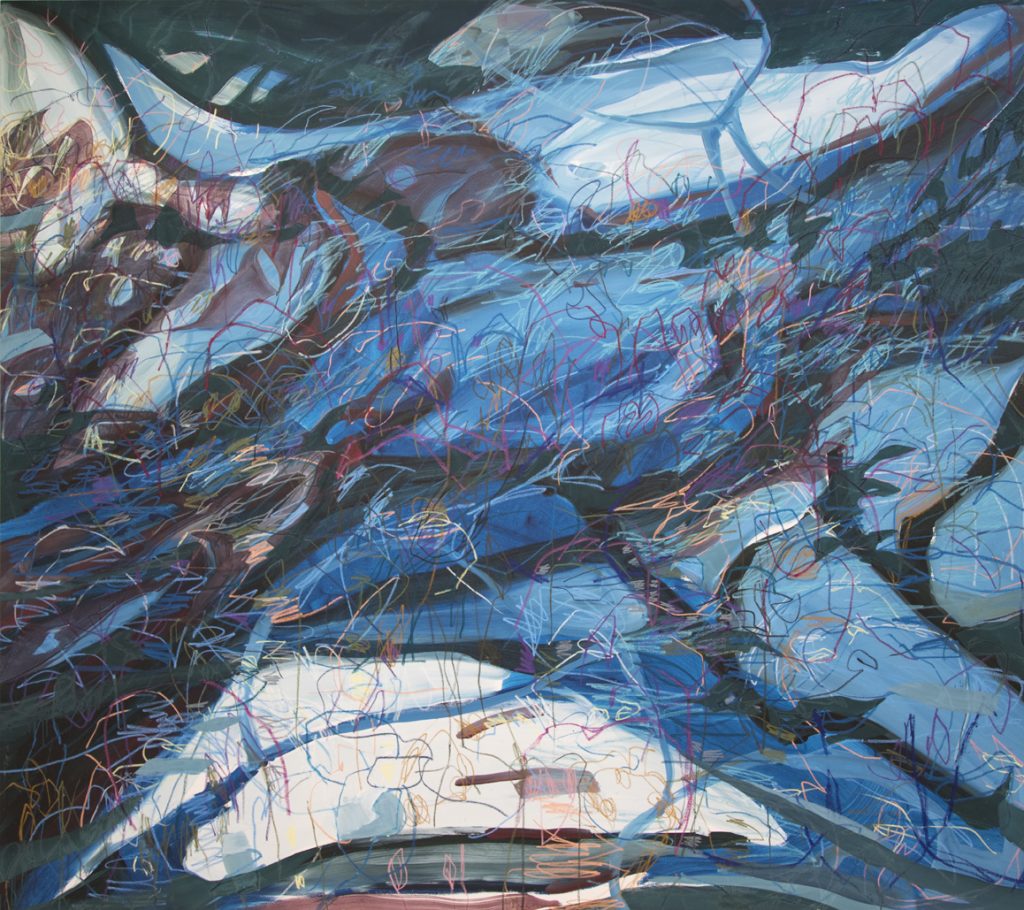
Unconscious Mountains (2020)
Casein and coloured pencil on canvas
106 5/16 x 118 1/8 inches
Courtesy of the artist and Sean Kelly Gallery (New York)

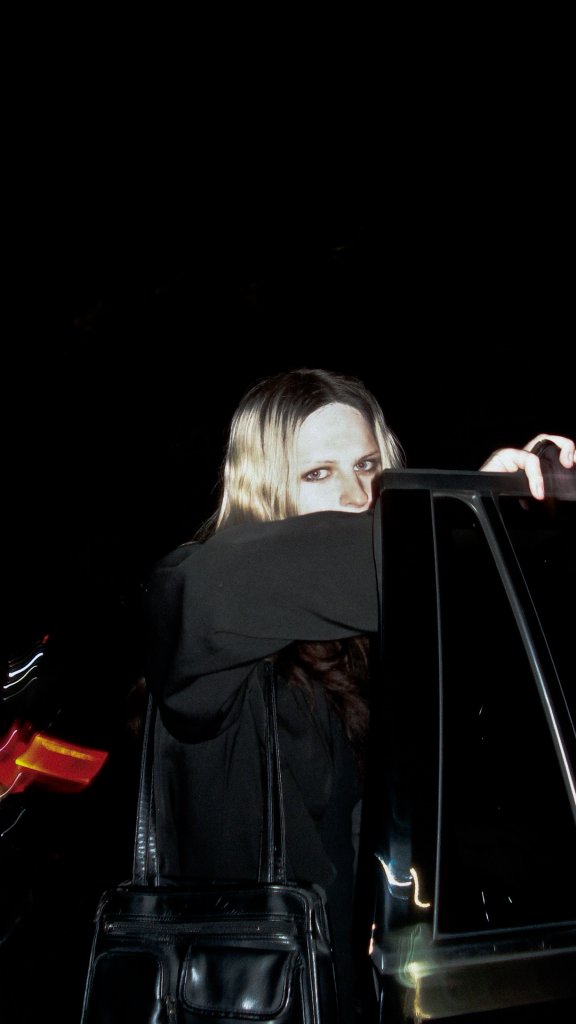

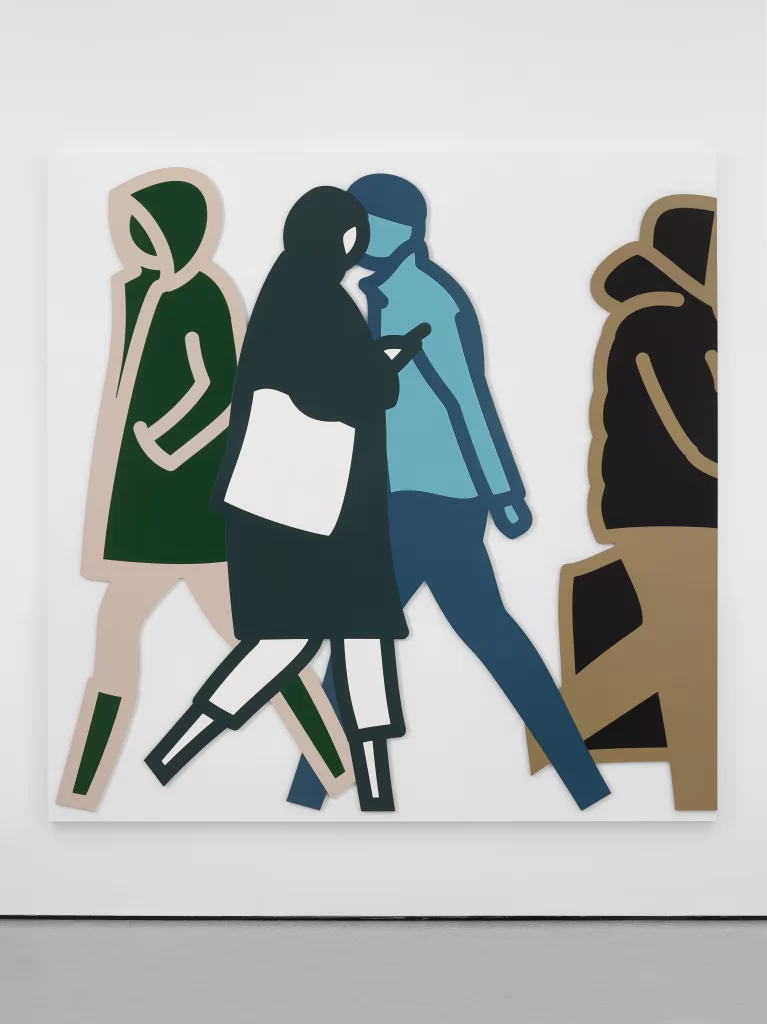
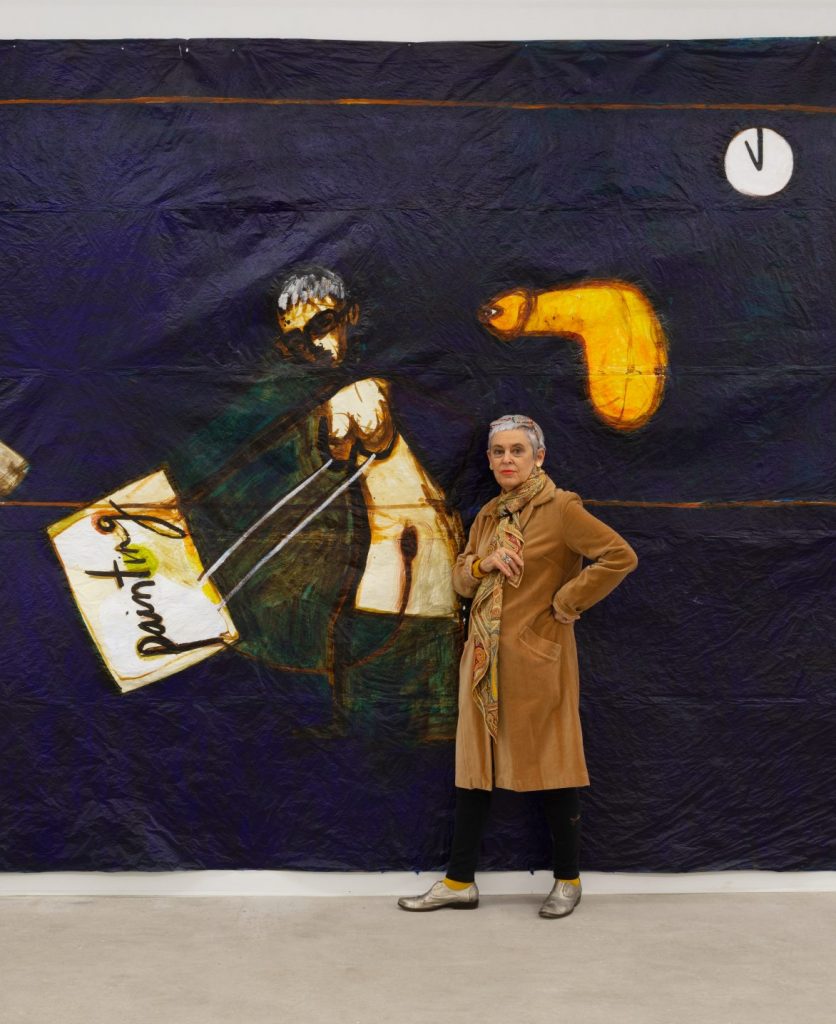



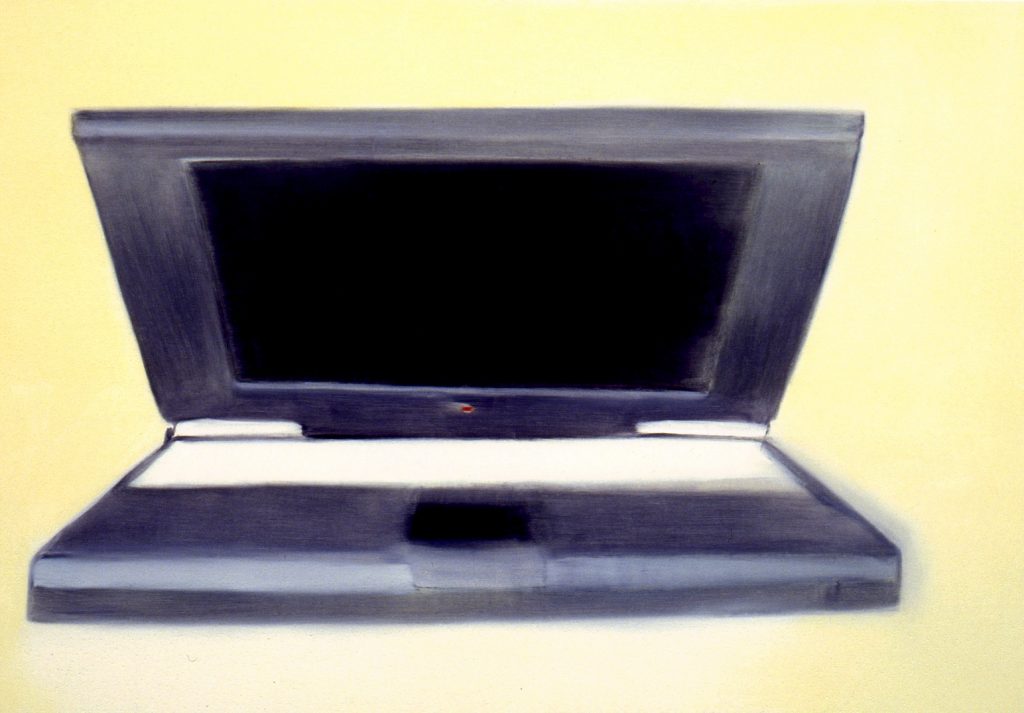


Responses